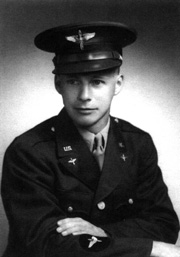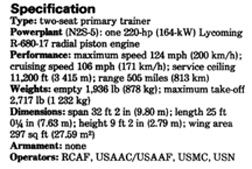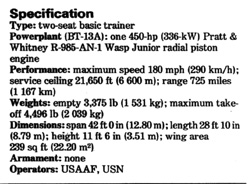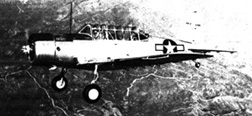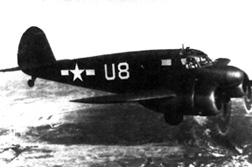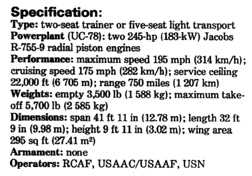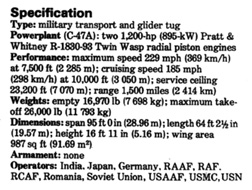|
in honor of Maj. Norman K. Arvidson
Chapter 1 Feeling the Draft: My military service started in 1942, but earlier I had a respectfully big US draft number for entry. So, I crammed to qualify for a two-year college level so that I could pass a two-year college written test to assure my eligibility to become an “Aviation Cadet”. While pursuing this course, around April 1, 1942, I learned that my drafting letter was in the mail. So, I immediately went to the Federal Office Building in Minneapolis and invited myself into Colonel Madison’s office and told him my problem. He said OK, stand up! Raise your right hand and put your left hand on this Bible.
Entry into Aviation Cadet Training: On August 9, 1942 I was called into active duty as an “Aviation Cadet” and traveled with a small group to Kelly Field, at San Antonio, Texas. Six weeks later it was off to Santa Anna, California for another six weeks of ground school. Then on to Thunderbird Field at Glandale, north of Phoenix, Arizona. There we began flying the Stearman PT-13 (A Primary Trainer) while putting more time in further ground school training. The PT-13 was a dandy plane for aerobatics. I believe each cadet logged around 90 hours in this phase of training. Aviation Cadet Norman K. Arvidson PT-13 Primary Flight Trainer Basic Flight School: Our next air station was Marana Army Air Base, Marana, Arizona. There we flew the BT-13 (Basic Trainer) manufactured by the Vultee Aircraft Co. It was a two place aircraft with tandem seating, a glass canopy, and a 450-hp engine. It was a real sport to fly. We logged around 60 more training hours in the air with our time split between transition flying and instrument flying training.
BT-13 Basic Flight Trainer Advanced Flight Training: Next came 60 hours of flying the AT-17 “Bobcat” at Marfa, Texas. This aircraft was called jokingly by some a “Bug Smasher”. In spite of this, it proved to be an effective twin engine trainer. On May 13, 1943, I graduated in class 43-E, earning my silver pilot’s wings.
AT-17 Advanced Twin Engine Trainer Three times while in Basic Flight Training they asked me to volunteer for the twin-engine training school to fly P-38s, the “Lockheed Lightning”. A great twin engine, single pilot, fighter plane. I was one of the oldest cadets in the class and I had earlier learned of the potential for survival in a P-38, especially in the Pacific Theater. I said “No”! Early Assignments: After graduation I received a variety of further flight training experiences while stationed at a succession of air bases that included Bergstrom Field, Austin, Texas; Sedalia Army Air Field in Missouri; and then Laurinburg-Maxton Field in North Carolina. In May of 1943 I was given about a one-week trip to visit my parents and family and then off to learn to fly the C-47 “Dakota,”. This airplane, built by Douglas Aircraft Co., is often called a DC-3 by people unfamiliar with the differences between the DC-3 passenger transport and the C-47 Dakota military transport. The C-47 has twice the horsepower, longer wings (approximately four feet more on each end), and a much more sturdy frame. The cockpit was insulated for only 5 crewmembers, two pilots, one navigator, one radio operator and one mechanic/crew chief. The rest of the cabin (cargo compartment) was empty of insulation, no seats — just long benches on each side. It was a real workhorse; it could handle almost double the payload of a DC-3. It had lots of radios, but total security did not allow their use on many occasions. [Later on, Radar was installed on our aircraft while we were in Europe (during the Fall of 1944). We flew down to a station in Cairo, Egypt to have the new radar equipment installed.] Our final operational training involved in-flight formation training dropping 101st Airborne troops out of Fort Bragg and other experience training all over the country.
Douglas C-47 Skytrain (Dakota) End of Page 1, Chapter 1 — Go to Page 2
Cover — Introduction — Table of Contents Chapter — 01 — 02 — 03 — 04 — 05— 06 — 07 — 08 — 09 — 10 Or Go To Or |
